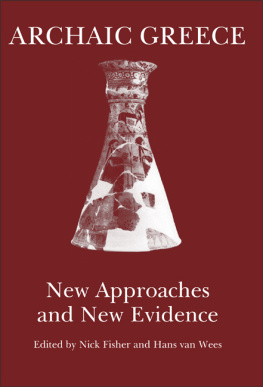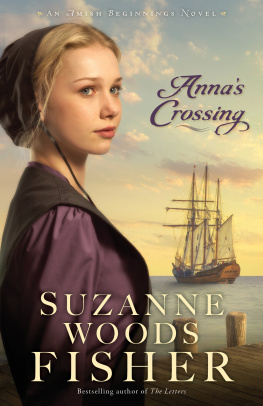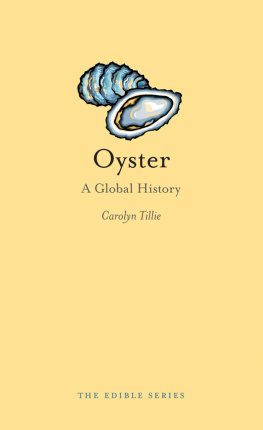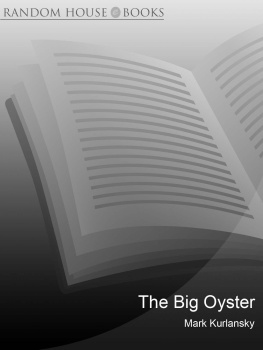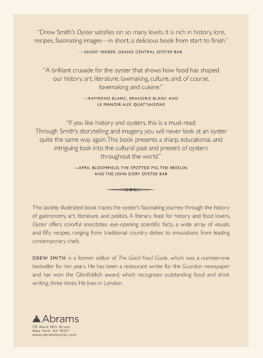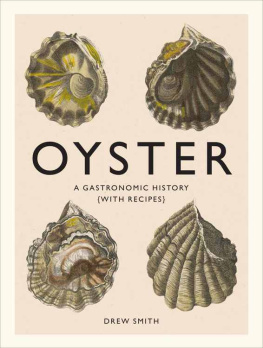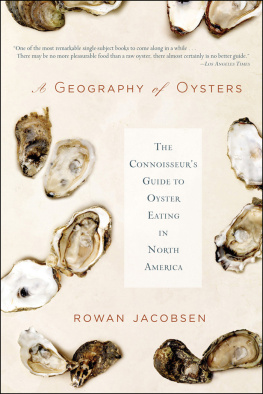

This edition is published by PICKLE PARTNERS PUBLISHINGwww.pp-publishing.com
To join our mailing list for new titles or for issues with our bookspicklepublishing@gmail.com
Or on Facebook
Text originally published in 1941 under the same title.
Pickle Partners Publishing 2016, all rights reserved. No part of this publication may be reproduced, stored in a retrieval system or transmitted by any means, electrical, mechanical or otherwise without the written permission of the copyright holder.
Publishers Note
Although in most cases we have retained the Authors original spelling and grammar to authentically reproduce the work of the Author and the original intent of such material, some additional notes and clarifications have been added for the modern readers benefit.
We have also made every effort to include all maps and illustrations of the original edition the limitations of formatting do not allow of including larger maps, we will upload as many of these maps as possible.
CONSIDER THE OYSTER
BY
M. F. K. FISHER
TABLE OF CONTENTS
Contents
DEDICATION
For Dillwyn Parrish
He was a bold man that first eat an oyster. Polite Conversation, JONATHAN SWIFT
LOVE AND DEATH AMONG THE MOLLUSCS
...Secret, and self-contained, and solitary as an oyster. A Christmas Carol, CHARLES DICKENS
An oyster leads a dreadful but exciting life.
Indeed, his chance to live at all is slim, and if he should survive the arrows of his own outrageous fortune and in the two weeks of his carefree youth find a clean smooth place to fix on, the years afterwards are full of stress, passion, and danger.
Hebut why make him a he, except for clarity? Almost any normal oyster never knows from one year to the next whether he is he or she, and may start at any moment, after the first year, to lay eggs where before he spent his sexual energies in being exceptionally masculine. If he is a she, her energies are equally feminine, so that in a single summer, if all goes well, and the temperature of the water is somewhere around or above seventy degrees, she may spawn several hundred million eggs, fifteen to one hundred million at a time, with commendable pride.
American oysters differ as much as American people, so that the Atlantic Coast inhabitants spend their childhood and adolescence floating free and unprotected with the tides, conceived far from their mothers and their fathers too by milt let loose in the water near the eggs, while the Western oysters lie within special brood-chambers of the maternal shell, inseminated and secure, until they are some two weeks old. The Easterners seem more daring.
A little oyster is born, then, in the water. At first, about five to ten hours after he and at least a few hundred thousand of his mothers eggs have been fertilized by his potent and unknown sire, he is merely a larva. He is small, but he is free-swimming...and he swims thus freely for about two weeks, wherever the tides and his peculiar whims may lead him. He is called a spat.
It is to be hoped, sentimentally at least, that the spat our spatenjoys himself. Those two weeks are his one taste of vagabondage, of devil-may-care free roaming. And even they are not quite free, for during all his youth he is busy growing a strong foot and a large supply of sticky cement-like stuff. If he thought, he might wonder why.
The two weeks up, he suddenly attaches himself to the first clean hard object he bumps into. His fifty million brothers who have not been eaten by fish may or may not bump into anything clean and hard, and those who do not, die. But our spat has been lucky, and in great good spirits he clamps himself firmly to his home, probably forever. He is by now about one-seventy-fifth of an inch long, whatever that may be...and he is an oyster.
Since he is an Easterner, a Chincoteague or a Lynnhaven maybe, he has found a pleasant, moderately salty bottom, where the tides wash regularly and there is no filth to pollute him and no sand to choke him.
There he rests, tied firmly by his left foot, which seems to have become a valve in the immutable way of all oyster feet. He devotes himself to drinking, and rapidly develops an enviable capacity, so that in good weather, when the temperature stays near seventy-eight degrees, he can easily handle twenty-six or-seven quarts an hour. He manages better than most creatures to combine business with pleasure, and from this stream of water that passes through his gills he strains out all the delicious little diatoms and peridia that are his food.
His homewe are speaking now of domesticated oystersis a wire bag full of old shells, or perhaps a cement-coated pole planted by a wily oyster-farmer. Or perhaps it is what the government describes winningly as a particularly efficient collector, which is made from an egg-crate partition coated with a mixture of lime and cement.
Whatever the anchorage (and I hope, sentimentally again, that it is at least another shell, since because he is an Easterner our little spat can never know the esthetic pleasure of finding a bamboo stick in Japan, nor a hollow tile laid out especially for him in France or Portugal), whatever the anchorage, spat-dom is over and done with. The two fine free-swimming weeks are forever gone, maturity with all its cares has come, and an oyster, according to Richard Sheridans Critic, may be crossed in love.
For about a year this oyster our oysteris a male, fertilizing a few hundred thousand eggs as best he can without ever knowing whether they swim by or not. Then one day, maternal longings surge between his two valves in his cold guts and gills and all his crinkly fringes. Necessity, that well-known mother, makes him one. He is a she.
From then on she, with occasional vacations of being masculine just to keep her hand in, bears her millions yearly. She is in the full bloom of womanhood when she is about seven.
She is a fine plump figure of an oyster, plumper still in the summer when the season and her instincts get the better of her. She has traveled some, thanks to cupidinous farmers who have subjected her to this tide and that, this bed and that, for their own mean ends. She has grown into a gray-white oval shape, with shades of green or ocher or black in her gills and a rudimentary brain in the forepart of her blind deaf body. She can feel shadows as well as the urgency of milt, and her delicate muscles know danger and pull shut her shells with firmness.
Danger is everywhere for her, and extermination lurks. (How do we know with what pains? How can we tell or not tell the sufferings of an oyster? There is a brain...) She is the prey of many enemies, and must lie immobile as a fungus while the starfish sucks her and the worm bores.
She has eight enemies, not counting man who is the greatest, since he protects her from the others only to eat her himself.
The first enemy is the starfish, which floats hungrily in all the Eastern tides and at last wraps arms about the oyster like a hideous lover and forces its shells apart steadily and then thrusts his stomach into it and digests it. The picture is ugly. The oyster is left bare as any empty shell, and the starfish floats on, hungry still. (Men try to catch it with things called star-mops.)
The second enemy, almost as dangerous, is a kind of snail called a screw-borer, or an oyster drill. It bores wee round holes in the shells, and apparently worries the poor mollusc enough to make men invent traps for it: wire bags baited with seed-oysters catch it, but none too efficiently, since it remains a menace.
Next page

